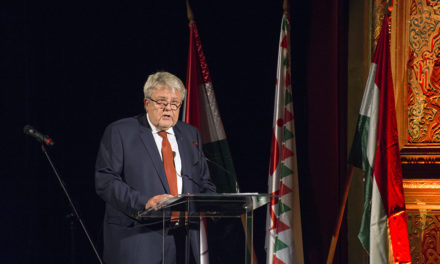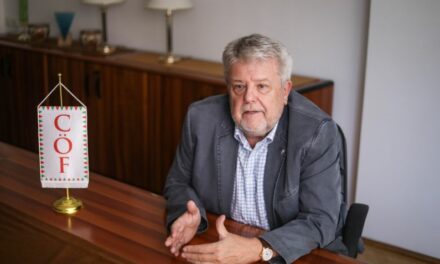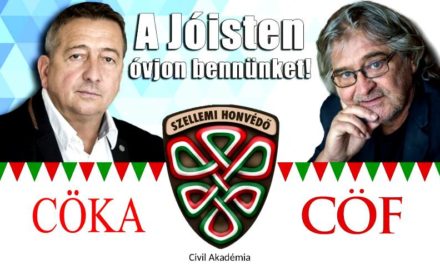No model suggests that we will destroy ourselves recently, I am quite optimistic about the future of humanity, says the world-renowned physicist and network researcher. Interview.
- The exhibition includes the results of one of their iconic projects, network graphics representing the one hundred and fiftieth anniversary of the journal Nature.
Is this now science or art? - Then the visitors will decide. Of course, I did not invent Spanish wax, there is a long tradition of incorporating science into art. Among others, through the Hungarian painter and photographer György Kepes, who in the first half of the last century first headed the light and color department of the Chicago design institute founded by László Moholy-Nagy, and then taught visual design at the Massachusetts Institute of Technology. He had a groundbreaking exhibition in the fifties, where selected works from research laboratories were presented in a visually coherent arrangement. Or, to give another example, Bernar Venet's name is well known here. In one of his famous series, he literally painted formulas on giant canvases, admitting that he was not interested in their meaning, only looking at the shapes as an aesthetic form. What makes our activity different from all of these is that our visualizations can be interpreted in both scientific and artistic environments: we only present our own research in this way, and I am confident that the result will hold its own as an independent work of art. In other words, in this case it is the other way around, because my interest in art determined how we present science. A new field is emerging: data art, or data-based art. Starting and formalizing this movement is one of my goals in the next year with Peter Weibel.
-If we add that he was originally made to be a sculptor, perhaps this is not such a strange story.
Why did you finally choose physics? -For a very simple reason. In Romania, in the mid-1980s, four or five places were advertised nationwide for the sculpture major, to which only art school students could enter. I, on the other hand, graduated from the Márton Áron Főgimnázium in Csikszereda as a maths and physics major, so I knew I had no chance. So, even though it wasn't easy to get in there either - there were seventy-five places in total - I was admitted to the University of Bucharest for atomic physics. Of course, my interest in fine arts never went away, later on, for example, at the University of Notre Dame, I also studied art subjects. In fact, I seem to have three identities: the scientist who writes complicated technical articles understood by few, the educational specialist who translates it all into human language, and the artist who finds himself after a long time in visualization.
-As a kind of renaissance man from the era of polymaths, when the real sciences and the humanities still went hand in hand.
- It is interesting that we consider Leonardo to be the greatest polymath, whose biography I recently re-read, and only now did it become apparent that he always referred to himself as an engineer and introduced himself as such. In fact, he traveled from Florence to Milan in the first place so that he could become an engineer at court and leave behind his artistic identity. It is no accident that he had so few paintings. Only those survived, but his fantastic scientific activity could only be processed in the last decades, since although he wrote down everything, he did not publish anything. Throughout his life, he fought against the label of painter, because he felt that the identity of scientist-engineer was more his own.
Read the full Mandiner article
Author: Anita Farkas
Image: Mandiner












